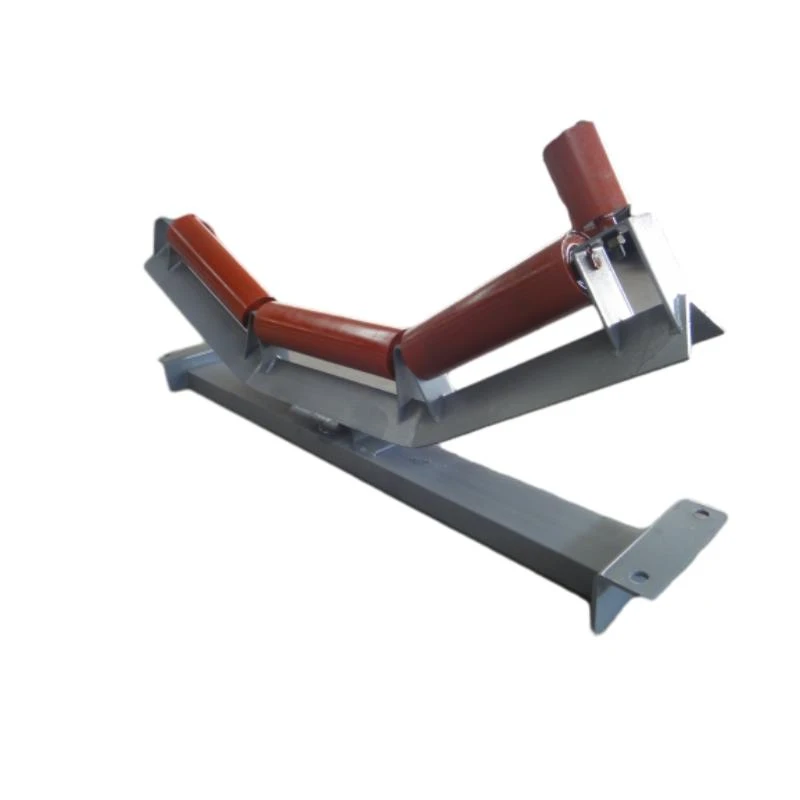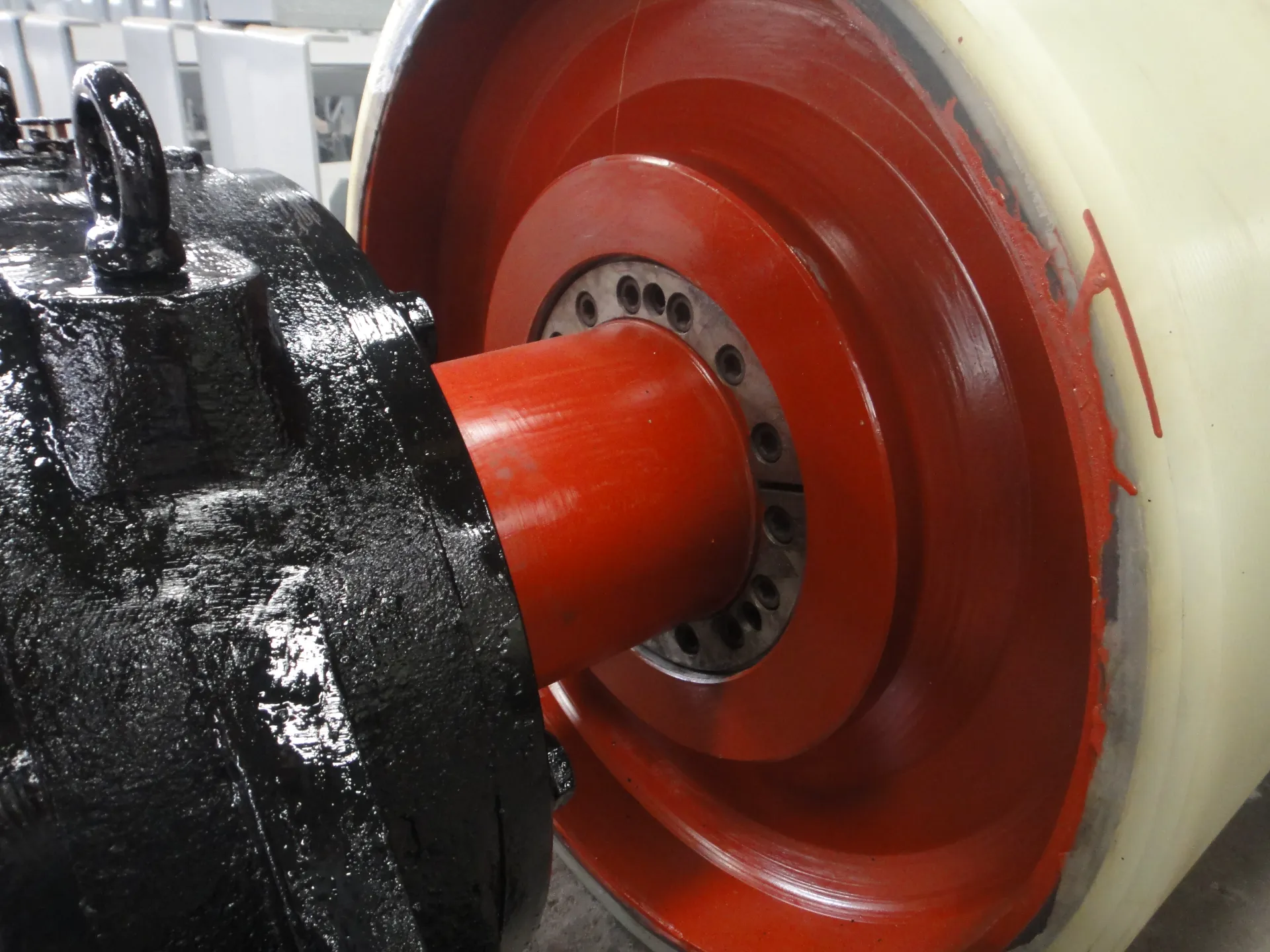 Afrikaans
Afrikaans  Albanian
Albanian  Amharic
Amharic  Arabic
Arabic  Armenian
Armenian  Azerbaijani
Azerbaijani  Basque
Basque  Belarusian
Belarusian  Bengali
Bengali  Bosnian
Bosnian  Bulgarian
Bulgarian  Catalan
Catalan  Cebuano
Cebuano  Corsican
Corsican  Croatian
Croatian  Czech
Czech  Danish
Danish  Dutch
Dutch  English
English  Esperanto
Esperanto  Estonian
Estonian  Finnish
Finnish  French
French  Frisian
Frisian  Galician
Galician  Georgian
Georgian  German
German  Greek
Greek  Gujarati
Gujarati  Haitian Creole
Haitian Creole  hausa
hausa  hawaiian
hawaiian  Hebrew
Hebrew  Hindi
Hindi  Miao
Miao  Hungarian
Hungarian  Icelandic
Icelandic  igbo
igbo  Indonesian
Indonesian  irish
irish  Italian
Italian  Japanese
Japanese  Javanese
Javanese  Kannada
Kannada  kazakh
kazakh  Khmer
Khmer  Rwandese
Rwandese  Korean
Korean  Kurdish
Kurdish  Kyrgyz
Kyrgyz  Lao
Lao  Latin
Latin  Latvian
Latvian  Lithuanian
Lithuanian  Luxembourgish
Luxembourgish  Macedonian
Macedonian  Malgashi
Malgashi  Malay
Malay  Malayalam
Malayalam  Maltese
Maltese  Maori
Maori  Marathi
Marathi  Mongolian
Mongolian  Myanmar
Myanmar  Nepali
Nepali  Norwegian
Norwegian  Norwegian
Norwegian  Occitan
Occitan  Pashto
Pashto  Persian
Persian  Polish
Polish  Portuguese
Portuguese  Punjabi
Punjabi  Romanian
Romanian  Russian
Russian  Samoan
Samoan  Scottish Gaelic
Scottish Gaelic  Serbian
Serbian  Sesotho
Sesotho  Shona
Shona  Sindhi
Sindhi  Sinhala
Sinhala  Slovak
Slovak  Slovenian
Slovenian  Somali
Somali  Spanish
Spanish  Sundanese
Sundanese  Swahili
Swahili  Swedish
Swedish  Tagalog
Tagalog  Tajik
Tajik  Tamil
Tamil  Tatar
Tatar  Telugu
Telugu  Thai
Thai  Turkish
Turkish  Turkmen
Turkmen  Ukrainian
Ukrainian  Urdu
Urdu  Uighur
Uighur  Uzbek
Uzbek  Vietnamese
Vietnamese  Welsh
Welsh  Bantu
Bantu  Yiddish
Yiddish  Yoruba
Yoruba  Zulu
Zulu Gearr . 15, 2025 12:31
Back to list
conveyor pulley components
Conveyor systems have become an integral component of the manufacturing and distribution industry, offering efficiency and reliability in transporting materials and products. Understanding the components of a conveyor system is crucial for enhancing operational productivity and minimizing costs. This article delves into the key components that constitute a conveyor system, drawing from industry insights and expertise to offer a comprehensive guide aimed at professionals seeking to optimize their manufacturing processes.
The motors and drives are the powerhouse of the conveyor system, converting electrical energy into mechanical energy required to move the belt and rollers. Selecting the right motor is critical for optimizing energy consumption and achieving the desired throughput. Variable frequency drives (VFDs) are commonly used to regulate motor speed, offering flexibility and better control over the conveyor system. This innovation ensures energy is used efficiently, aligning with current industry trends focused on sustainability and cost reduction. Supporting all component functions, the conveyor system’s structural framework must exhibit robust design and resilience. Made from materials like stainless steel, aluminum, or carbon steel, the framework provides the necessary stability and support for all other components. The design must accommodate the weight of goods and withstand environmental factors, such as humidity or temperature variations that might impact overall system integrity. Customization of the framework design is often necessary to match specific operational requirements, such as space constraints or industry-specific regulations. A conveyor system's efficiency doesn't solely rely on its physical components. Effective control systems, often integrating programmable logic controllers (PLCs), are indispensable for synchronizing operations across various components. These control systems enable the automation of conveyor processes, allowing for predefined sequences and responses to input signals, thus enhancing precision and reducing human error. For a company aiming to streamline operations through conveyor systems, understanding these components is paramount. Careful planning and selection of each component based on specific operational needs can significantly impact productivity and profitability. Implementing regular maintenance and up-to-date technologies fosters trust and reliability, positioning a company as an industry leader committed to quality and efficiency. By leveraging expertise and embracing modern innovations, an organization can enhance its conveyor system to meet evolving demands and maintain a competitive edge.


The motors and drives are the powerhouse of the conveyor system, converting electrical energy into mechanical energy required to move the belt and rollers. Selecting the right motor is critical for optimizing energy consumption and achieving the desired throughput. Variable frequency drives (VFDs) are commonly used to regulate motor speed, offering flexibility and better control over the conveyor system. This innovation ensures energy is used efficiently, aligning with current industry trends focused on sustainability and cost reduction. Supporting all component functions, the conveyor system’s structural framework must exhibit robust design and resilience. Made from materials like stainless steel, aluminum, or carbon steel, the framework provides the necessary stability and support for all other components. The design must accommodate the weight of goods and withstand environmental factors, such as humidity or temperature variations that might impact overall system integrity. Customization of the framework design is often necessary to match specific operational requirements, such as space constraints or industry-specific regulations. A conveyor system's efficiency doesn't solely rely on its physical components. Effective control systems, often integrating programmable logic controllers (PLCs), are indispensable for synchronizing operations across various components. These control systems enable the automation of conveyor processes, allowing for predefined sequences and responses to input signals, thus enhancing precision and reducing human error. For a company aiming to streamline operations through conveyor systems, understanding these components is paramount. Careful planning and selection of each component based on specific operational needs can significantly impact productivity and profitability. Implementing regular maintenance and up-to-date technologies fosters trust and reliability, positioning a company as an industry leader committed to quality and efficiency. By leveraging expertise and embracing modern innovations, an organization can enhance its conveyor system to meet evolving demands and maintain a competitive edge.
Next:
Latest news
-
Revolutionizing Conveyor Reliability with Advanced Rubber Lagging PulleysNewsJul.22,2025
-
Powering Precision and Durability with Expert Manufacturers of Conveyor ComponentsNewsJul.22,2025
-
Optimizing Conveyor Systems with Advanced Conveyor AccessoriesNewsJul.22,2025
-
Maximize Conveyor Efficiency with Quality Conveyor Idler PulleysNewsJul.22,2025
-
Future-Proof Your Conveyor System with High-Performance Polyurethane RollerNewsJul.22,2025
-
Driving Efficiency Forward with Quality Idlers and RollersNewsJul.22,2025
OUR PRODUCTS





























